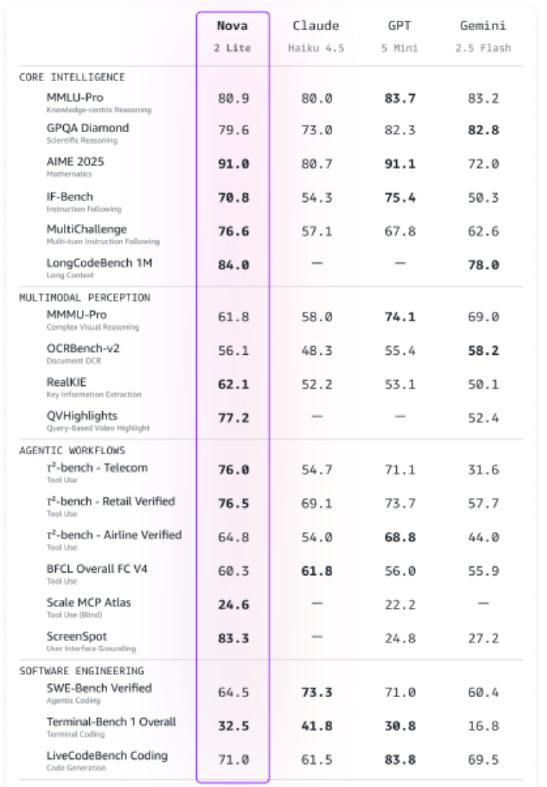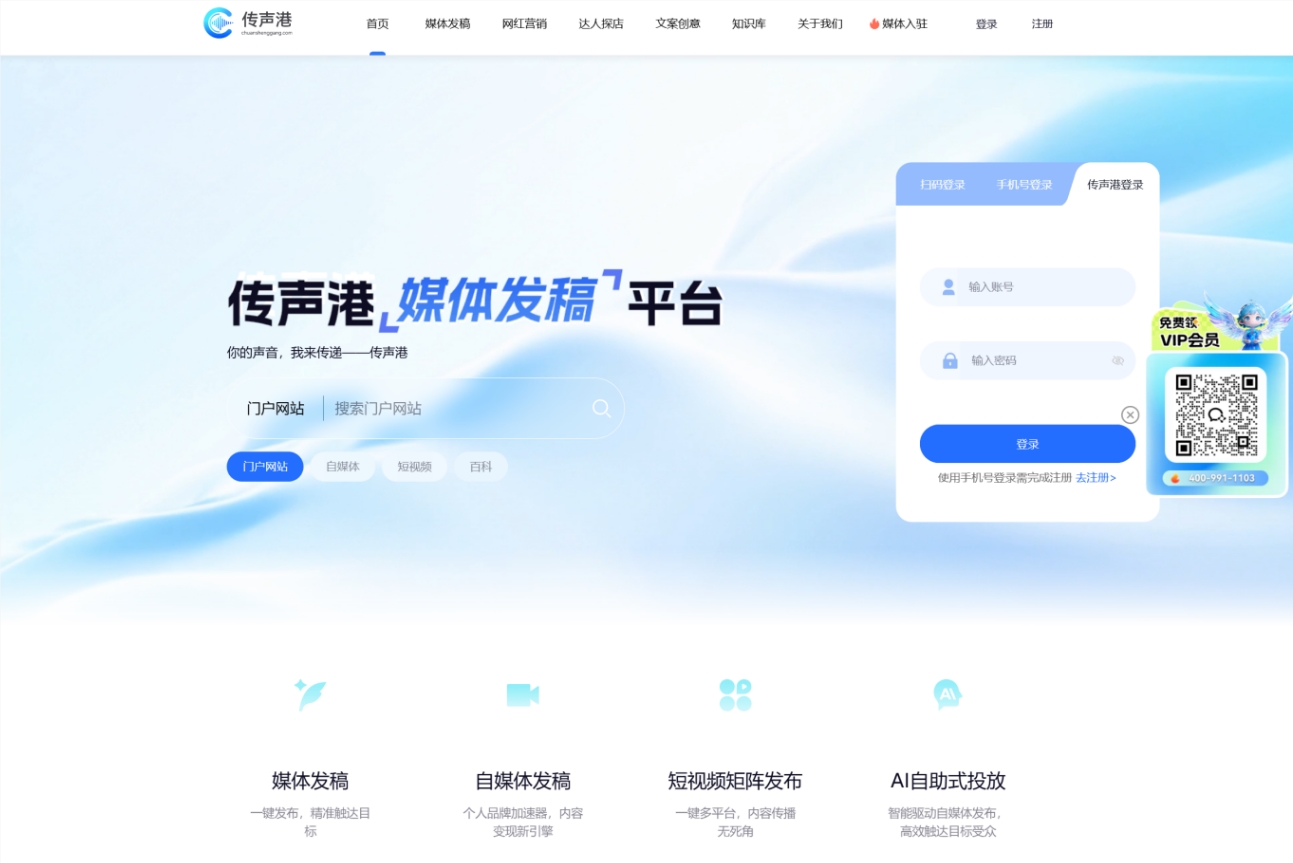In recent years, AI agents have been widely used in code development, education, and e-commerce, with the education sector considering them a top-tier pedagogical tool. However, developing traditional intelligent agents requires hundreds of hours of monitoring automated execution processes, followed by optimization to fix bugs and functional flaws, which is inefficient.
To address this issue, researchers at Carnegie Mellon University proposed an innovative self-awakening framework, AI2T. Users only need to provide a small number of step-by-step response examples; interaction allows for rapid completion of the development process. Experiments conducted by the researchers show that after about 20-30 minutes of interactive training, AI2T can infer robust rules from examples to automatically execute specific tasks. Furthermore, through continuous learning, it can accurately assess its performance on unknown problem steps, thus achieving autonomous functional iteration and evolution.

The core idea of AI2T is the deep fusion of "interactive teaching" and "self-aware learning." It's not static code, but a learning intelligent agent capable of evolving through interaction with the user. Its learning begins with a small number of step-by-step response examples provided by the user, building a knowledge system. Simultaneously, the researchers integrated a key component, the STAND algorithm, which, like a quality controller, helps AI2T evaluate the performance of learning steps and assign a confidence score. This two-way communication mechanism makes the learning process more transparent and controllable, and gives AI2T adaptability, allowing it to handle new types of problems.
In terms of applications, consider an automated intelligent teaching assistant. AI2T helps students learn web development. After presenting snippets of HTML code, AI2T analyzes and generates a similar structure; the teacher corrects and guides. As examples increase, AI2T accumulates experience to form solutions and can also analyze relationships between elements, adjust the layout, and consider user experience. Furthermore, it possesses strong debugging capabilities, allowing for quick location and resolution of problems encountered by students, thus improving learning efficiency.
Key Points:
🌟Carnegie Mellon University proposes the innovative self-awakening framework AI2T, which improves the efficiency of intelligent agent development. Users can complete development through interaction with a small number of examples.
🧠AI2T fuses "interactive teaching" and "self-aware learning," builds a knowledge system from user examples, integrates the STAND algorithm to ensure a controllable learning process, and possesses adaptability.
💻In the application of an automated intelligent teaching assistant, AI2T helps students learn web development, can analyze layout, consider user experience, and debug problems, thus improving learning efficiency.









